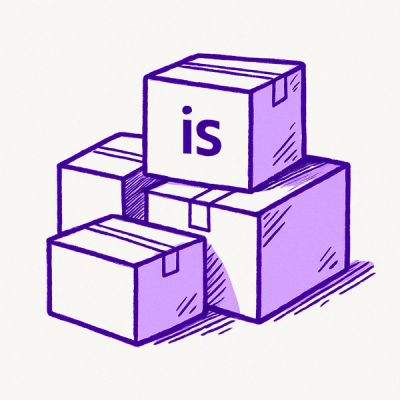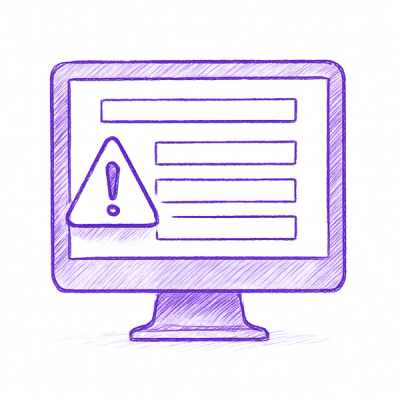
Security News
npm ‘is’ Package Hijacked in Expanding Supply Chain Attack
The ongoing npm phishing campaign escalates as attackers hijack the popular 'is' package, embedding malware in multiple versions.
This tool bends containers using Ansible playbooks and turns them into container images. It has a pluggable builder selection — it is up to you to pick the tool which will be used to construct your container image. Right now the only supported builder is buildah. More to come in the future. Ansible-bender (ab) relies on Ansible connection plugins for performing builds.
tl;dr Ansible is the frontend, buildah is the backend.
The concept is described in following blog posts:
This project doesn't have an active maintainer right now that would watch issues daily.
If you are a user of ansible-bender and are familiar with Python, please consider becoming a maintainer.
--no-cache.no-cache to a task.stop-layering to a task.-[TIMESTAMP]-failed (so
you can take a look inside and resolve the issue).You can read more about this project in the documentation:
FAQs
A tool which builds container images using Ansible playbooks
We found that ansible-bender demonstrated a healthy version release cadence and project activity because the last version was released less than a year ago. It has 1 open source maintainer collaborating on the project.
Did you know?

Socket for GitHub automatically highlights issues in each pull request and monitors the health of all your open source dependencies. Discover the contents of your packages and block harmful activity before you install or update your dependencies.

Security News
The ongoing npm phishing campaign escalates as attackers hijack the popular 'is' package, embedding malware in multiple versions.

Security News
A critical flaw in the popular npm form-data package could allow HTTP parameter pollution, affecting millions of projects until patched versions are adopted.

Security News
Bun 1.2.19 introduces isolated installs for smoother monorepo workflows, along with performance boosts, new tooling, and key compatibility fixes.